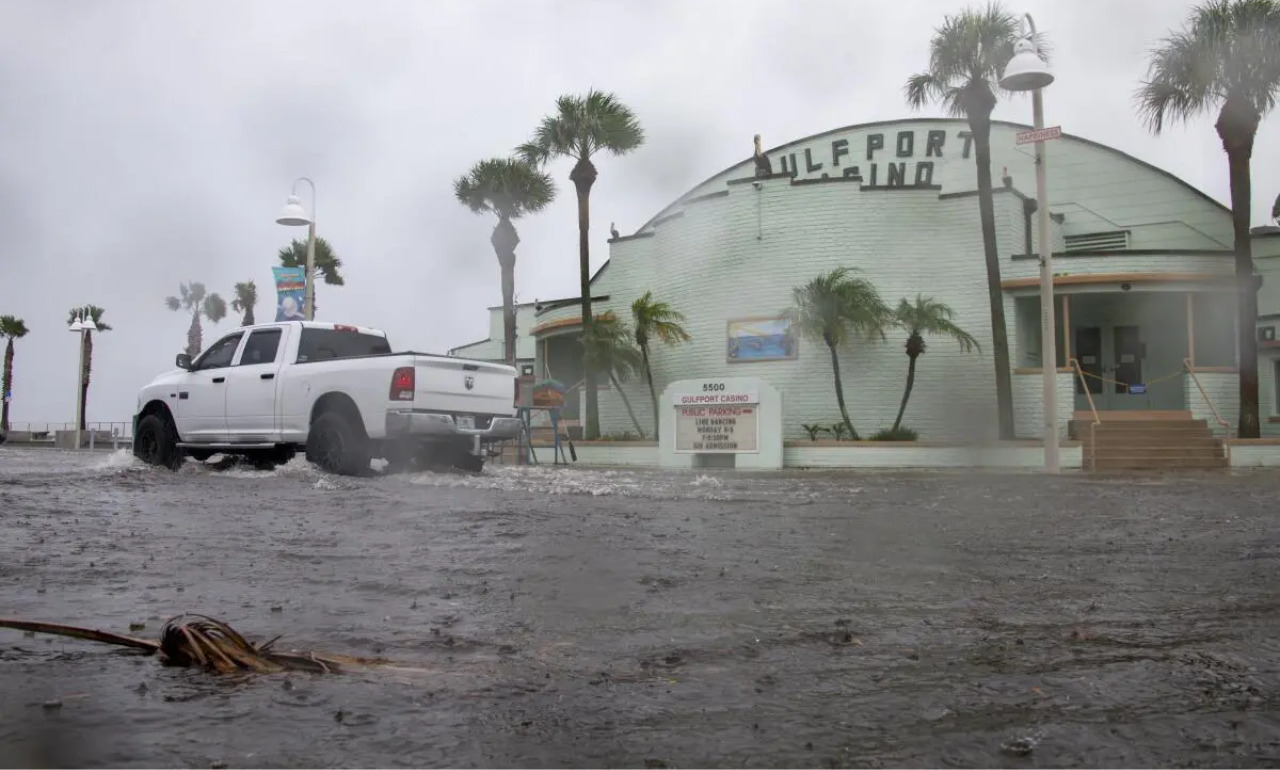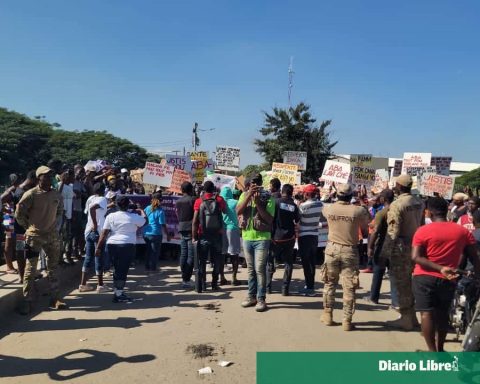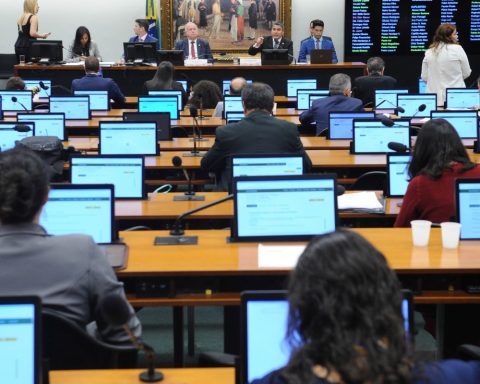Science Editorial, Sep 9 (EFE).- Nearly three-quarters of the world’s population may experience strong and rapid changes in extreme temperatures and the precipitation over the next 20 years unless greenhouse gas emissions are drastically reduced.
A study by the CICERO Centre for International Climate Research indicates that the adoption of limited measures would put 70% of the population at risk, but if emissions are reduced enough to achieve the objectives of the Paris Agreement, the population that could have to face extreme climate risks would go down to 20 %.
The research published in Nature Geoscience indicates that global warming can combine with normal weather variations to produce “decade-long periods of very rapid changes in both extreme temperatures and precipitation.”
Using large climate model simulations, the study finds that large areas of the tropics and subtropics, encompassing 70% of the current population, are expected to “experience strong combined rates of change in combined temperature and precipitation extremes over the next 20 years under a high emissions scenario,” according to the University of Reading (USA), one of the co-signers of the paper.
However, with strong emissions mitigation, the figure is expected to drop to 20%, or around 1.5 billion people.
Rapid changes increase the risk of unprecedented conditions and extreme events that currently account for a disproportionate share of the realized impacts of climate change.
Heat waves can cause heat stress and excess mortality in both people and livestock, stress on ecosystems, reduced agricultural yields, difficulties in cooling power plants and disruptions to transport.
Extreme rainfall can cause flooding and damage to settlements, infrastructure, crops and ecosystems, increased erosion and reduced water quality.


















